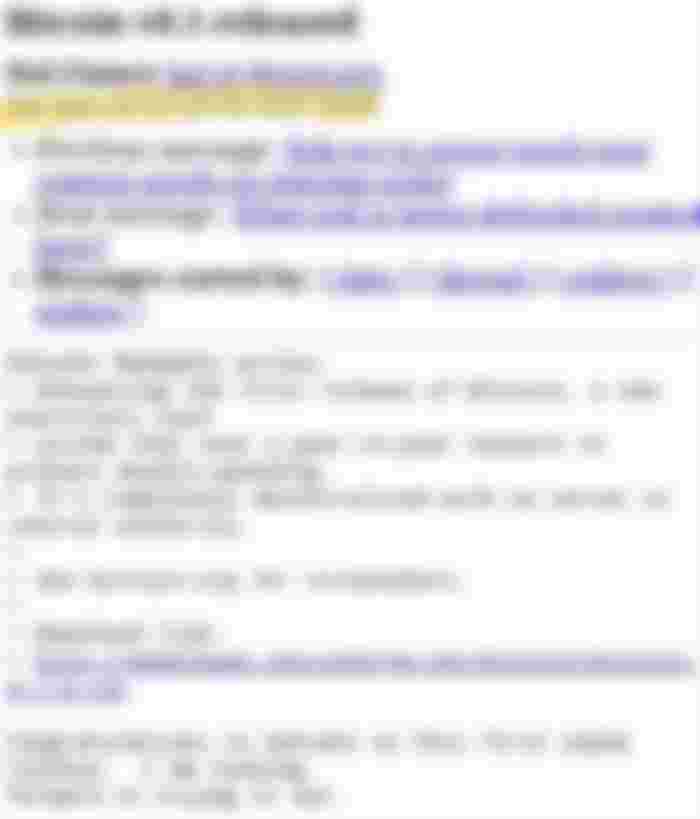Hal Finney, Recipient of First Bitcoin Transaction
Hal Finney was a computer scientist and software developer by trade. He was educated at the California Institute of Technology and graduated with a Bachelor of Science degree in engineering in 1979. After graduating, he went on to develop half a dozen games for home video game consoles:
Star Strike (Intellivision, 1981)
Astro Smash (Atari 2600, 1982)
Space Battle (Atari 2600, 1982)
Armor Battle (Atari 2600, 1982)
Night Stalker (Atari 2600, 1982)
Adventures of Tron (Atari 2600, 1983)
He was a cypherpunk, one who believes in and advocates for the use of cryptography and privacy-enhancing technology as a means for social and political change. As such, Finney he became interested in cryptocurrencies in 2009, when he was working for PGP Corporation. Allow him to tell you about it, in his own words:
I got my start in crypto working on an early version of PGP, working closely with Phil Zimmermann. When Phil decided to start PGP Corporation, I was one of the first hires. I would work on PGP until my retirement. At the same time, I got involved with the Cypherpunks. I ran the first cryptographically based anonymous remailer, among other activities.
Fast forward to late 2008 and the announcement of Bitcoin. I've noticed that cryptographic graybeards (I was in my mid 50's) tend to get cynical. I was more idealistic; I have always loved crypto, the mystery and the paradox of it.
When Satoshi announced Bitcoin on the cryptography mailing list, he got a skeptical reception at best. Cryptographers have seen too many grand schemes by clueless noobs. They tend to have a knee jerk reaction.
I was more positive. I had long been interested in cryptographic payment schemes. Plus I was lucky enough to meet and extensively correspond with both Wei Dai and Nick Szabo, generally acknowledged to have created ideas that would be realized with Bitcoin. I had made an attempt to create my own proof of work based currency, called RPOW. So I found Bitcoin facinating.
When Satoshi announced the first release of the software, I grabbed it right away. I think I was the first person besides Satoshi to run bitcoin. I mined block 70-something, and I was the recipient of the first bitcoin transaction, when Satoshi sent ten coins to me as a test. I carried on an email conversation with Satoshi over the next few days, mostly me reporting bugs and him fixing them.
This led to the now famous Tweet, which was simple yet extremely historic:

And just two days later, the very first peer-to-peer Bitcoin transaction:


It's pretty amazing to think that a mere test transaction would eventually come to be worth hundreds of thousands of dollars. You probably couldn't guess Hal's price prediction for BTC back in 2009. Or perhaps you've heard it before. Again, let's allow his words to do the talking:


Myself, I'm in awe every time I read these messages. He went on to become perhaps one of the most famous individual Bitcoin miners in the early days of the cryptocurrency.
Finney even thought ahead, regarding taxes. As he wrote in a 2013 post on Bitcointalk.org:
I intend to treat bitcoins as precious metals and declare my profits as capital gains. Since I mined them more than a year earlier, they are long term capital gains. This is not as favorable as usual because it turns out that precious metals, even bullion, are considered "collectables" and taxed at a rate of 28%. Normal rate is 15%. If your overall tax rate is less than 28%, you can pay the lower rate. That is what I intend to do, based on my reading of the IRS documents.
In 2009, Finney was diagnosed with ALS. Again, I feel it both appropriate and fitting to let his words tell the story:
My body began to fail. I slurred my speech, lost strength in my hands, and my legs were slow to recover. In August, 2009, I was given the diagnosis of ALS, also called Lou Gehrig's disease, after the famous baseball player who got it.
ALS is a disease that kills moter neurons, which carry signals from the brain to the muscles. It causes first weakness, then gradually increasing paralysis. It is usually fatal in 2 to 5 years. My symptoms were mild at first and I continued to work, but fatigue and voice problems forced me to retire in early 2011. Since then the disease has continued its inexorable progression.
Today, I am essentially paralyzed. I am fed through a tube, and my breathing is assisted through another tube. I operate the computer using a commercial eyetracker system. It also has a speech synthesizer, so this is my voice now. I spend all day in my power wheelchair. I worked up an interface using an arduino so that I can adjust my wheelchair's position using my eyes.
It has been an adjustment, but my life is not too bad. I can still read, listen to music, and watch TV and movies. I recently discovered that I can even write code. It's very slow, probably 50 times slower than I was before. But I still love programming and it gives me goals.
Finney passed away on August 28, 2014 in Phoenix, Arizona and his body is preserved at the Alcor Life Extension Foundation. Hal is currently in long-term storage, being stored at -196 degrees C, where he's being cared for until the day that revival may be possible. His cryopreservation was paid for through a combination of life insurance and bitcoins. His wife, Fran, also has plans for herself with Alcor.




